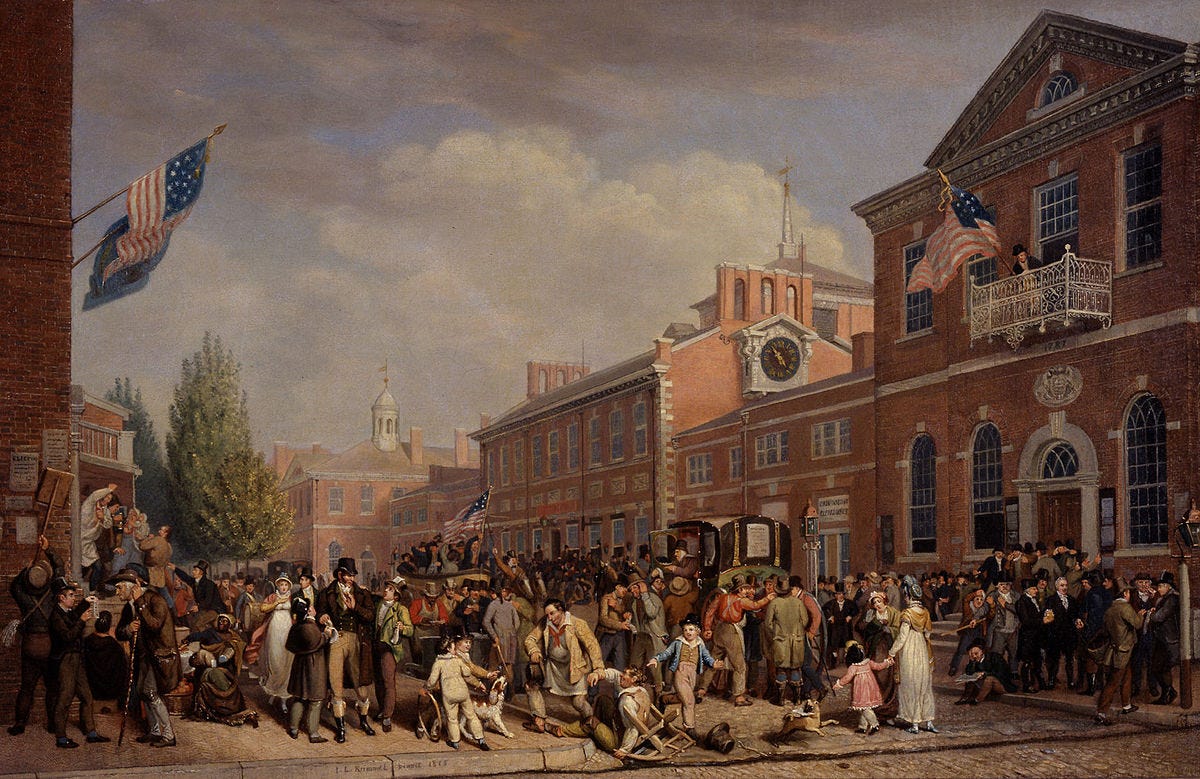
Hey friends—
Our understanding of strategy is limited by our belief that compatability with continuity defines the realism of solutions. How might we do better?
We can start by seeing both the full scope of the need for climate / sustainability / ruggedization solutions and how disruptive the rapid deployment of solutions can be. In particular, we underestimate the pull of a potential global economic boom triggered by progress on climate action and response.
We can acknowledge that we have a hard time grokking how fast of the strategic landscape around us (the political, economic and ecological conditions in which we’re taking our actions) is changing, and how much less predictable our world has become because of it.
It is, if anything, harder still to understand that conflict is the site of opportunity. That is, the real prizes are not to be had at the margins, where conflict is minimal, but right at the heart of critical systems, where the delaying defenses of old interests seem to be at their strongest, but in fact are fragile and teetering.
Yes, the faster solutions improve, the more quickly their possibilities for deployment increase; and for all the solutions that are on steep learning curves, the more they are deployed, the faster the improve. But it’s also true that the spikier solutions get — the more they are deployed in ways that concentrate disruption through successful conflicts — the faster the solutions loop will go… and the more powerful the politics of faster action become.
This mutual acceleration of fast solutions, as they break past barriers and begin to form into new systems and arrangements, is a wildly transformative force that’s almost impossible to grasp with outdated strategic thinking. Comfort with complexity, more nimble anticipation, and the use of evidence-based intuitions are all critical.
Listen to this episode with a 7-day free trial
Subscribe to The Snap Forward to listen to this post and get 7 days of free access to the full post archives.













